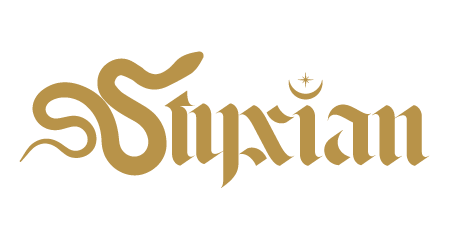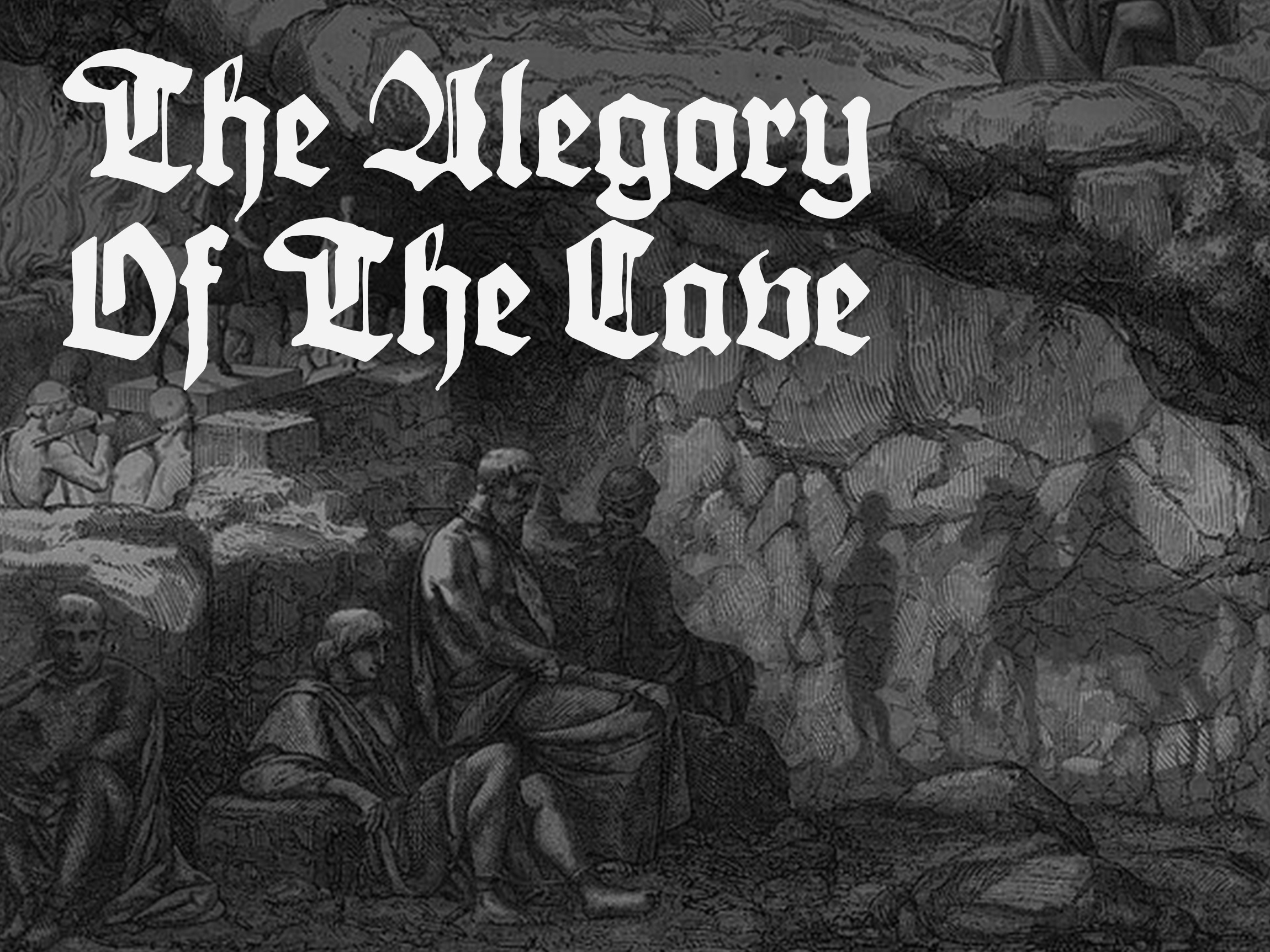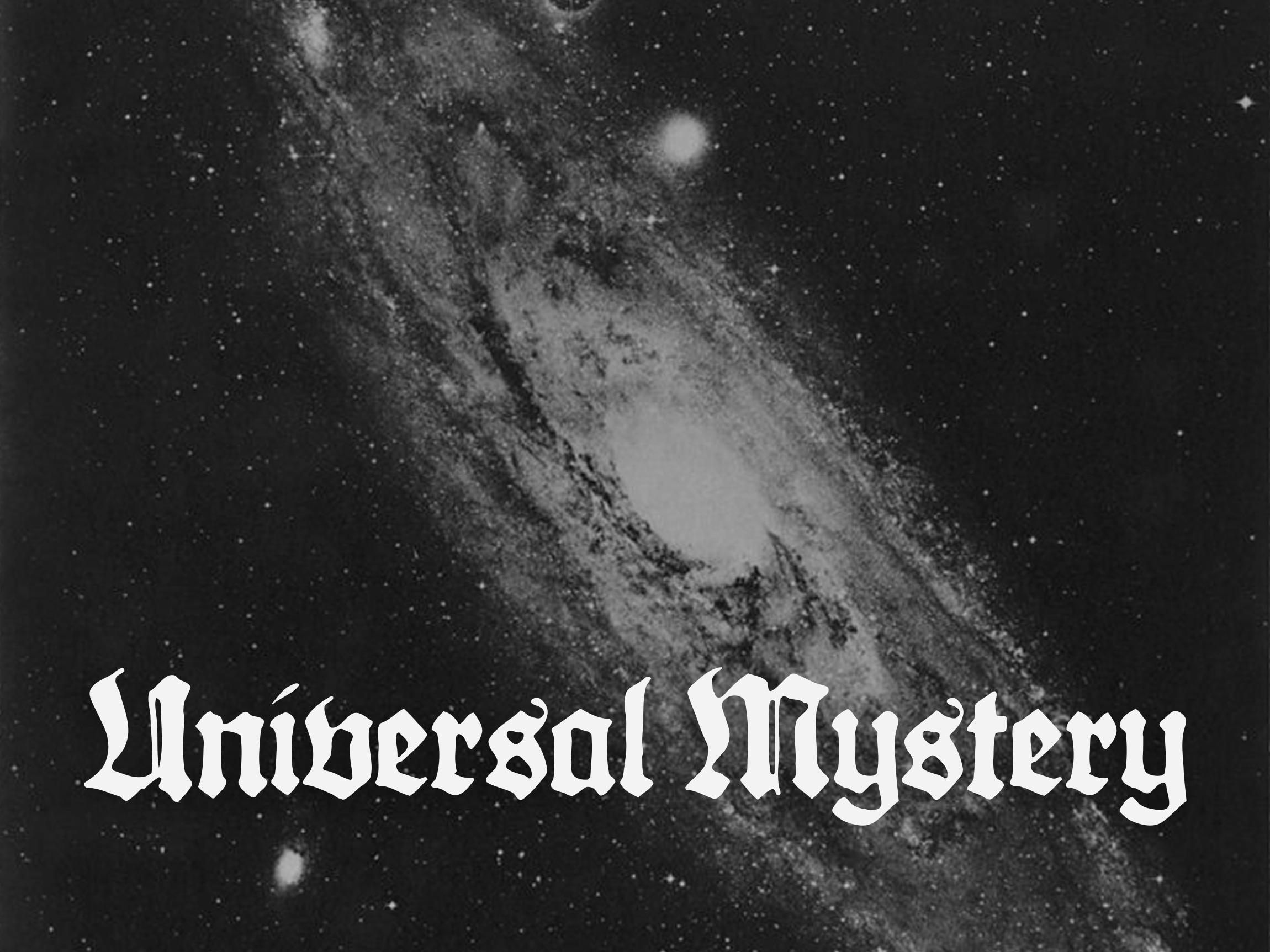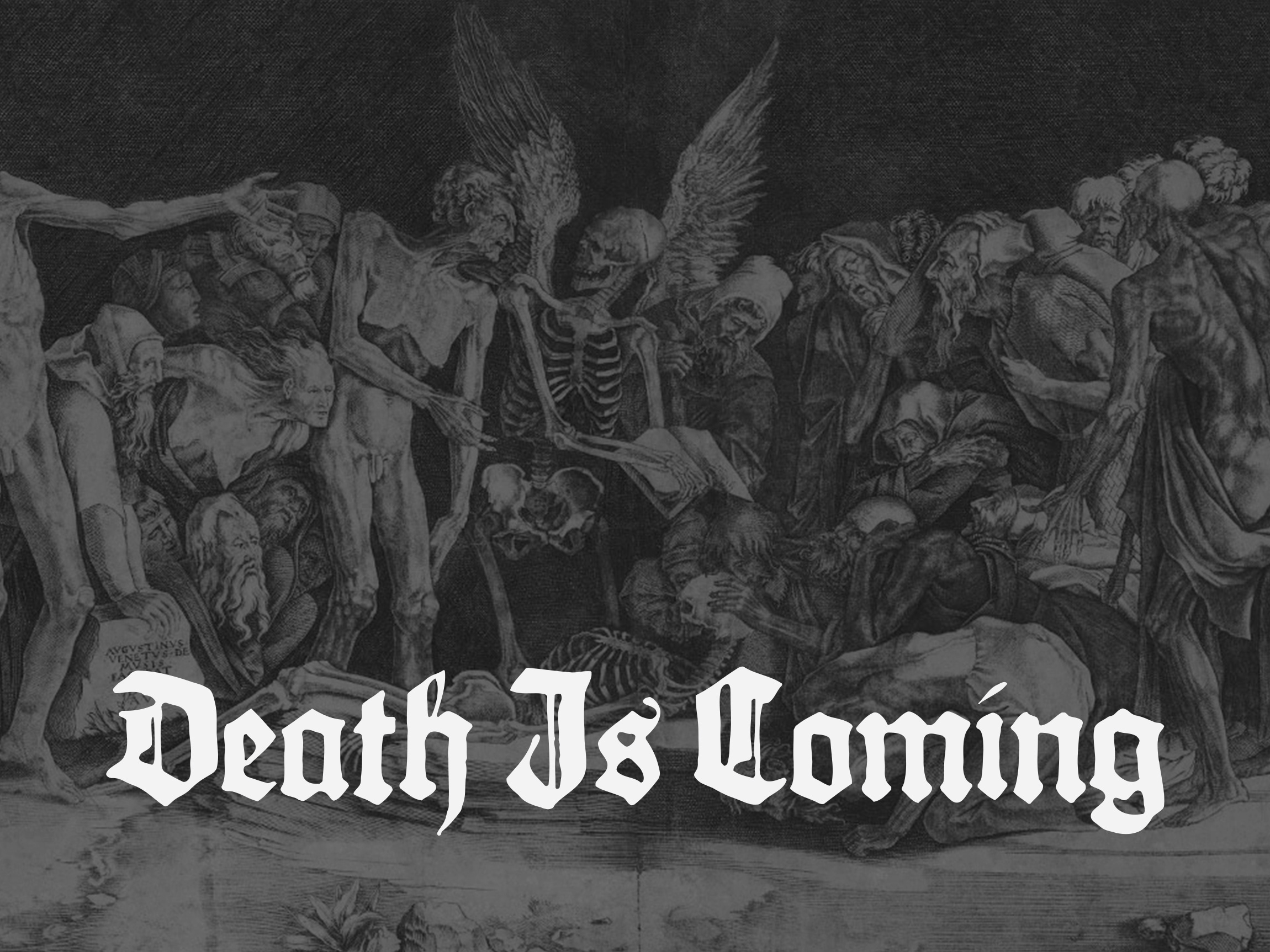Tempus Trinitas
Gijsbert van Veen (aka Gysbrecht van Veen; Gijsbert Vaenius; Gisbert Venius) (1558–1628), possibly designed in collaboration with his brother, Otto van Veen’s (aka Otho Venius; Octavio van Veen; Otho Vaenius) (1556–1629)—the teacher of Rubens. “Chronos Expelled” (aka “Tempus Rite Impensum Sapiens Non Revocat”; “The Wise Do Not Regret Time Expended Well”), published in Antwerp by Prostant apud Philippum Lisaert in 1612.
Time, in its many layers and dimensions, has captivated human thought for millennia. From the mundane to the mystical, philosophers, mystics, and theologians have sought to understand its flow, its essence, and its role in shaping existence. Central to esoteric philosophy are the Greek concepts of Kronos, Kairos, and Aion, which together form a trinity of temporal realities that transcend mere measurement, delving into the spiritual and metaphysical. Let us journey into these profound dimensions, peeling back the veils of material perception to grasp their deeper significance.
Kronos: The Tyrant of Sequential Time
Kronos, from which the word “chronology” derives, represents linear, measurable time—the ticking clock, the turning calendar, the unyielding march of seconds, minutes, and years. It is the realm of cause and effect, where time is a resource to be used, spent, or wasted. In Greek mythology, Kronos (Cronus) was a Titan who devoured his children, a potent metaphor for the way linear time consumes all things—lives, civilizations, and even stars.
On a mystical level, Kronos symbolizes the binding force of material existence. It traps the soul in the cycles of birth, death, and rebirth, binding us to samsara, the wheel of suffering, as described in Eastern traditions. Yet, Kronos is not merely tyrannical; it is also a necessary framework, the scaffolding upon which life unfolds in the physical plane. Without Kronos, there would be no progression, no growth, no narrative. To understand Kronos esoterically is to recognize the necessity of limitation as a crucible for the soul’s evolution.
Mythological Roots:
Kronos, the Titan, was the son of Uranus (Sky) and Gaia (Earth). His devouring of his children reflects the relentless nature of time, consuming all life. Zeus’ eventual overthrow of Kronos can be interpreted as the triumph of order (cosmic time) over chaos (raw, untempered time). Kronos governs the mundane realm, where time is quantified, minutes, hours, and years. This ties it to societal constructs like work schedules, historical timelines, and aging.
Yet, in spiritual traditions, mastering Kronos through discipline, routine, and structure often serves as a foundation for transcending its limits. In Stoicism, Kronos represents the unavoidable passage of time that one must accept with equanimity. Heidegger’s Being and Time links Kronos to the finite nature of existence, urging humans to live authentically within temporal boundaries.
Kairos: The Portal of Opportune Time
If Kronos is the linear flow, Kairos is the vertical dimension of time, the moment pregnant with potential, where the eternal pierces the temporal. In Greek, kairos means "the right time" or "the opportune moment." It is the point at which divine grace intervenes, allowing for transformation, insight, or transcendence.
In the esoteric sense, Kairos is the alchemy of the soul, where the mundane is transmuted into the sacred. Mystics describe it as the moment of awakening, the now in which eternity resides. It is closely aligned with intuition and the synchronicities that guide us toward our higher purpose. Jung’s concept of synchronicity resonates deeply with Kairos, highlighting how meaningful coincidences bridge the inner and outer worlds. Kairos invites us to step beyond the tyranny of Kronos and enter a timeless state of being. Meditation, ritual, and prayer are tools that open the portal to Kairos, enabling the seeker to experience glimpses of the eternal within the temporal.
Kairos in Ancient Thought:
In Greek mythology, Kairos was depicted as a youthful god, with wings on his shoulders and feet, symbolizing the fleeting nature of opportunity. He carried a razor or a scale, representing the precision required to seize the right moment. For Aristotle, Kairos was linked to rhetoric, the art of delivering the right message at the right time. Kairos is often seen as a bridge between the material and spiritual.
Mystical traditions, such as Sufism or Christian mysticism, view moments of Kairos as divine intervention, where spiritual awakening or grace occurs. Kairos is relevant in psychotherapy, particularly in Jungian analysis, where transformative insights emerge during significant moments of synchronicity or symbolic meaning.
Aion: The Fathomless Mystery
Beyond Kronos and Kairos lies Aion, the timeless and eternal. Aion is often associated with the divine, the infinite, and the ultimate source of all existence. In classical philosophy, Aion represents the fullness of time, encompassing both Kronos and Kairos, yet transcending them. It is the time of gods, where past, present, and future are unified in a single, indivisible now.
Esoterically, Aion is the state of absolute being, the divine presence that underlies and permeates all temporal realities. In Gnostic thought, Aion is often personified as an emanation of the divine pleroma, the fullness of spiritual light and truth. It is the realm where the soul, freed from the shackles of Kronos, merges with the eternal source.
Aion is also linked to the ouroboros, the serpent devouring its own tail, symbolizing the cyclical yet eternal nature of existence. Unlike Kronos, which is linear, or Kairos, which is episodic, Aion exists outside of time altogether. To experience Aion is to transcend duality, stepping into a state of unity with the cosmos and the divine.
Cosmic Role in Mysticism:
Aion is a recurring figure in Gnostic cosmology, where it represents divine emanations (aeons) from the pleroma, the fullness of spiritual reality. Each aeon holds attributes of the divine, contributing to the creation and sustenance of the universe.
In Mithraism, Aion appears as a lion-headed deity entwined by a serpent, symbolizing the eternal and cyclical nature of time, transcending Kronos and Kairos. Plato’s Timaeus distinguishes Aion as eternal time (aei on, “always existing”), contrasting it with the temporal flow of Kronos. Neoplatonists like Plotinus saw Aion as the ultimate source of reality, a state of perfect unity and presence beyond duality. Aion reflects the mystical experience of timelessness, often described in practices like deep meditation, where the self dissolves into an awareness of oneness with the universe. The ouroboros symbol embodies this, representing cycles that have no beginning or end.
The Dance of Time and Eternity
In the mystical journey, these three dimensions of time are not separate but interwoven, like threads in a cosmic tapestry. Kronos, Kairos, and Aion together form a dynamic interplay that defines the human experience. To live fully is to navigate these realms consciously:
In Kronos, we master the art of discipline and patience, building the structures necessary for growth.
In Kairos, we awaken to the sacred moments that illuminate our path, seizing the opportunities for transformation.
In Aion, we return to our divine essence, remembering that we are not bound by time but are eternal beings having a temporal experience.
Esoteric traditions across cultures echo this trinity. The Hindu concept of Kala encompasses both destructive and creative aspects of time, akin to Kronos. The Zen emphasis on the present moment parallels Kairos, while the Buddhist notion of timeless Nirvana resonates with Aion.
Hinduism:
The Hindu trinity of Kala (time) aligns with these concepts:
Kronos: Kala as measured time (past, present, future).
Kairos: The "auspicious moment" for rituals or transformation (shubha muhurta).
Aion: The eternal now of Brahman, the ultimate reality.
Buddhism:
Time is an illusion (maya) in Buddhist philosophy. Enlightenment involves breaking free from samsara (the cycle of birth and rebirth, akin to Kronos) and experiencing Nirvana, a timeless state of being (similar to Aion).
Abrahamic Traditions:
In Christianity, Kronos is the temporal life, while Kairos represents God’s intervention in history, such as the Incarnation. Aion parallels the promise of eternal life.
In Islam, Dahr (eternity) reflects divine omnipresence, transcending temporal constraints.
By Nergal Xul





